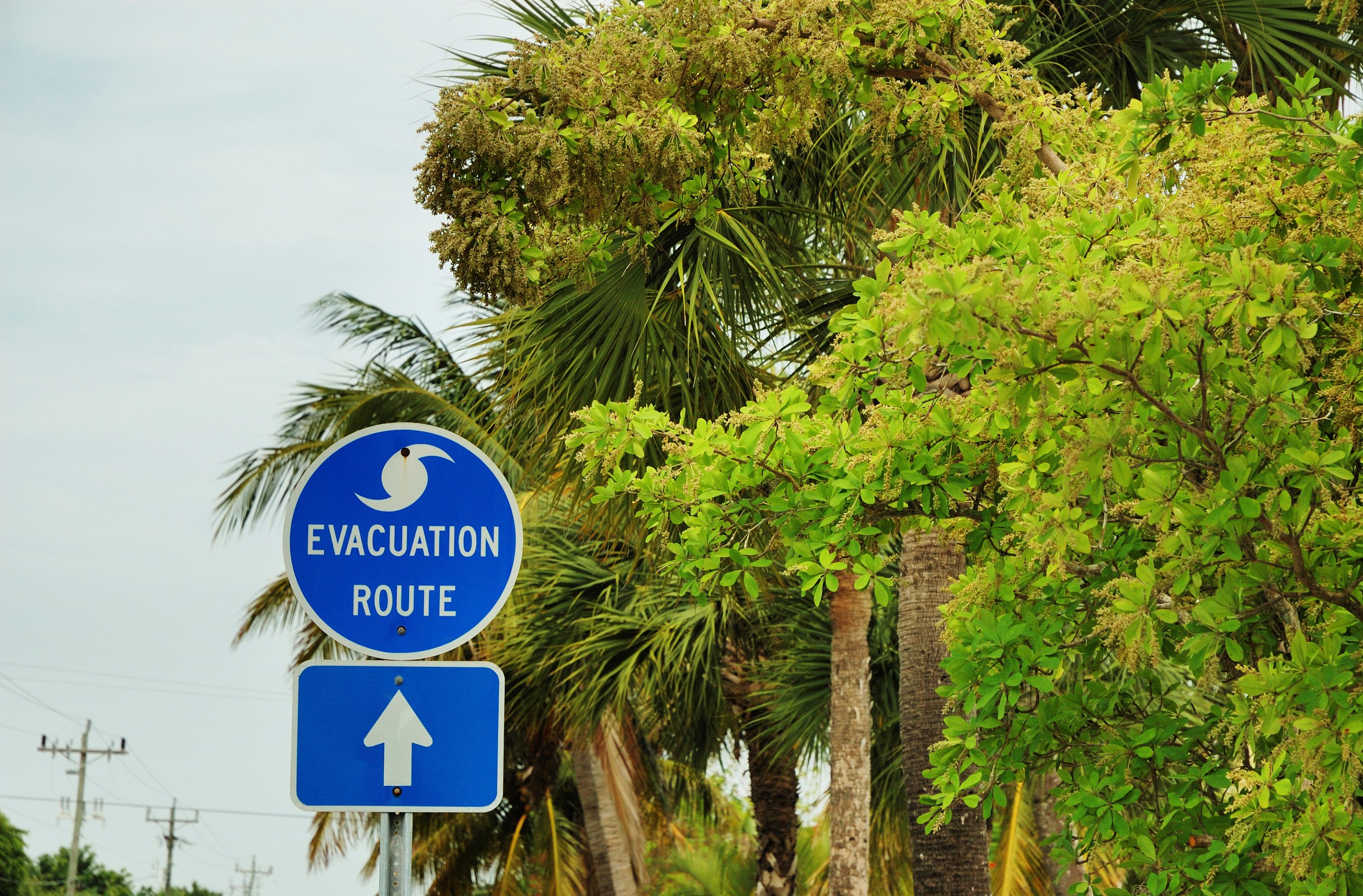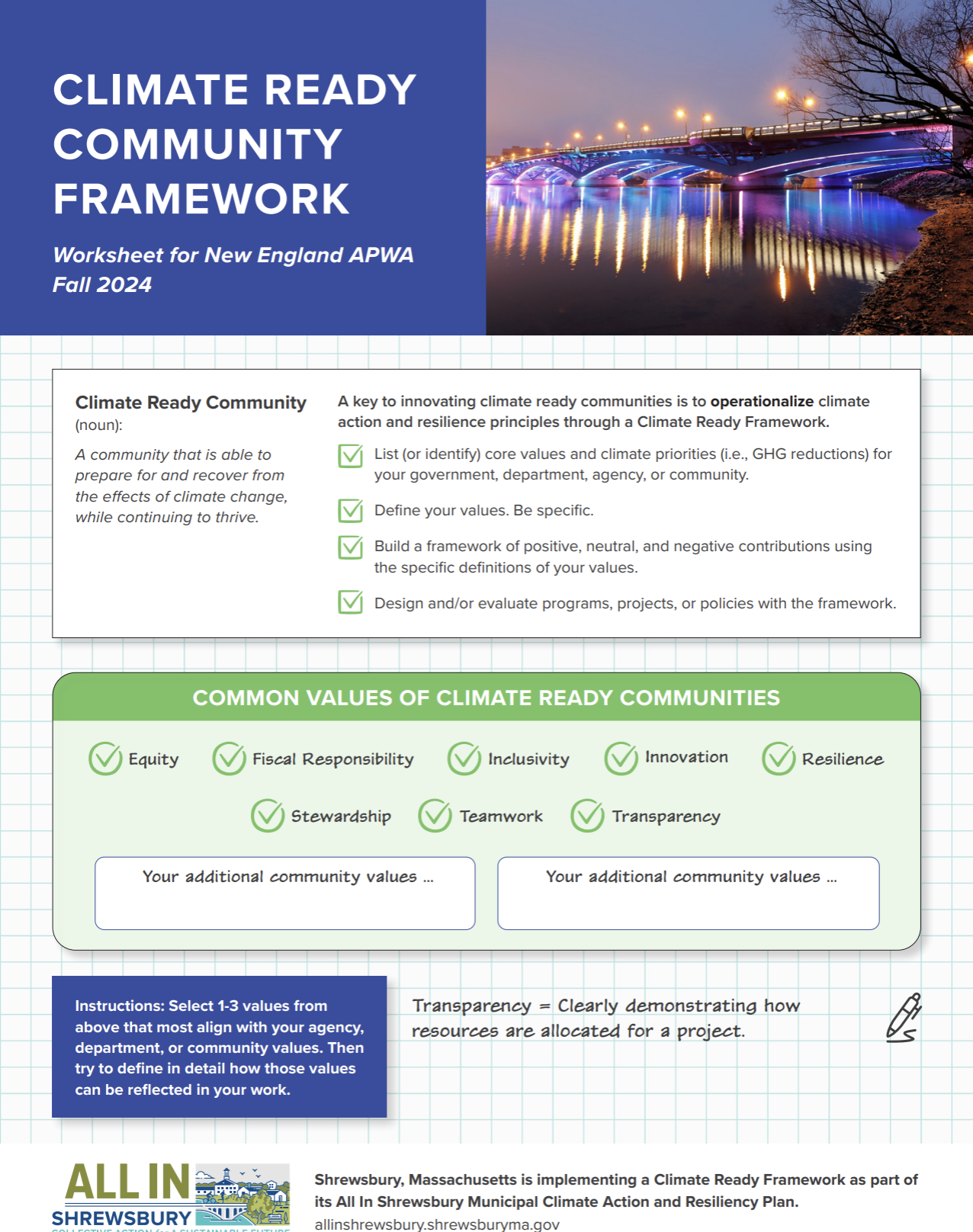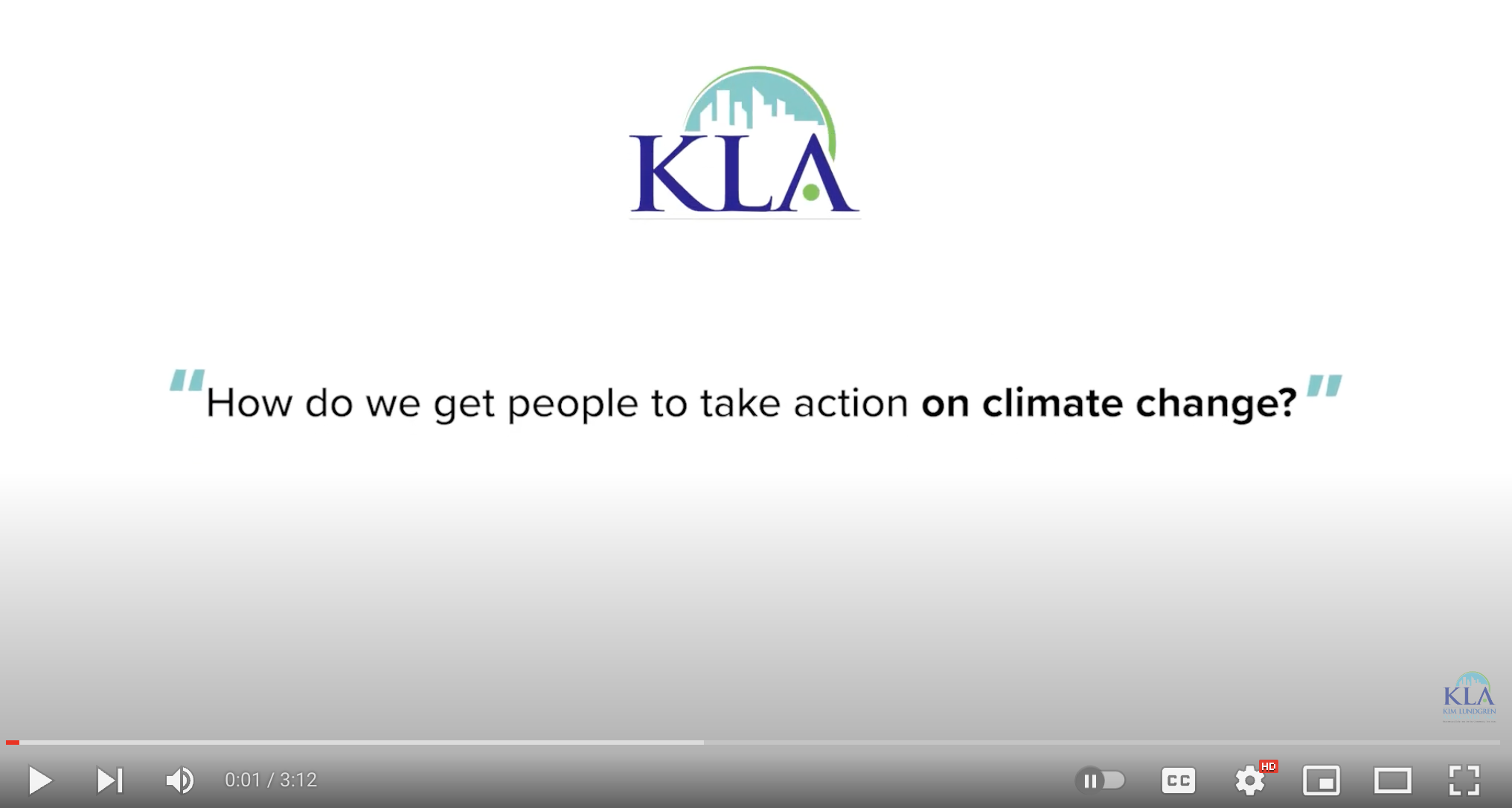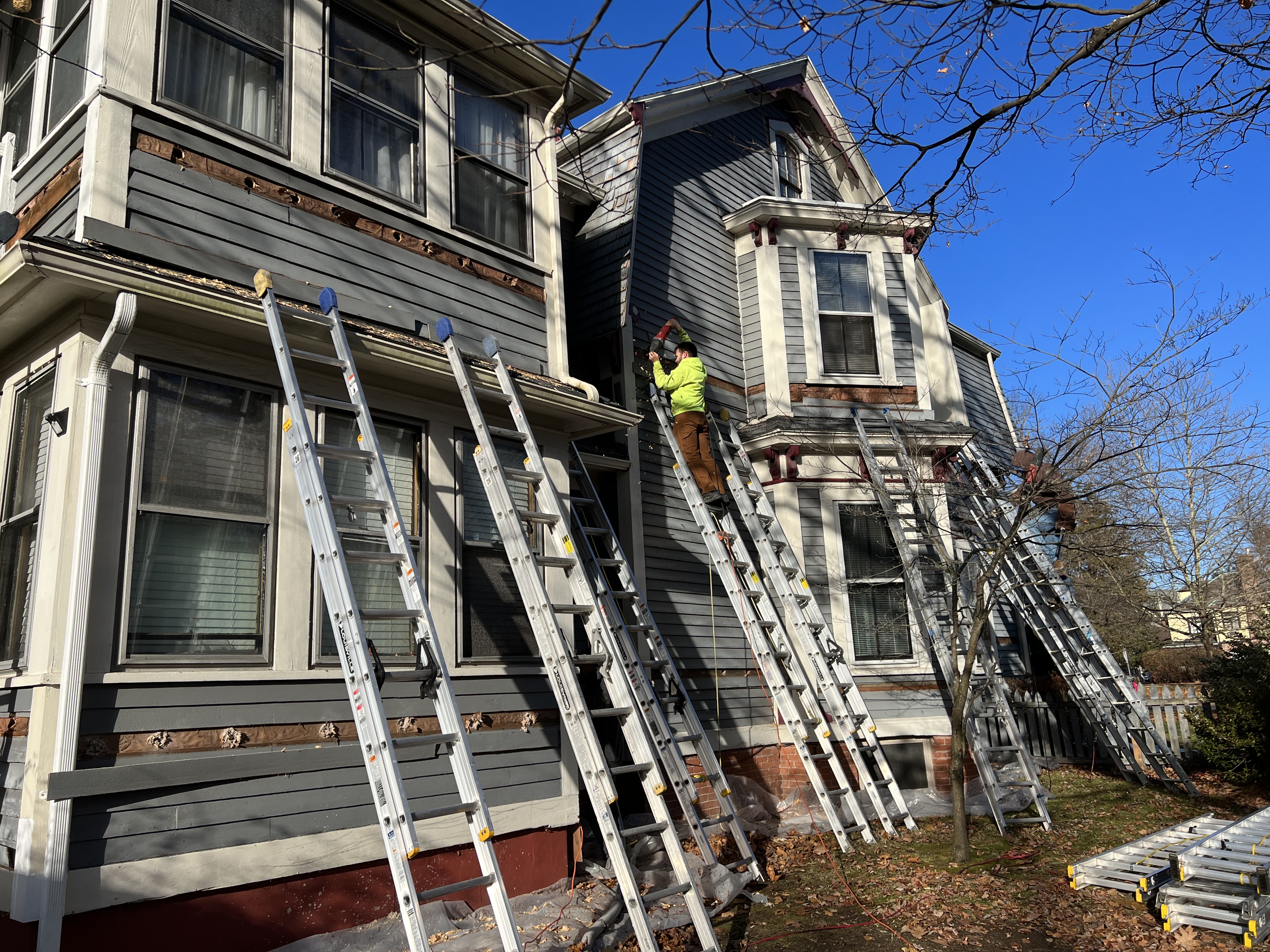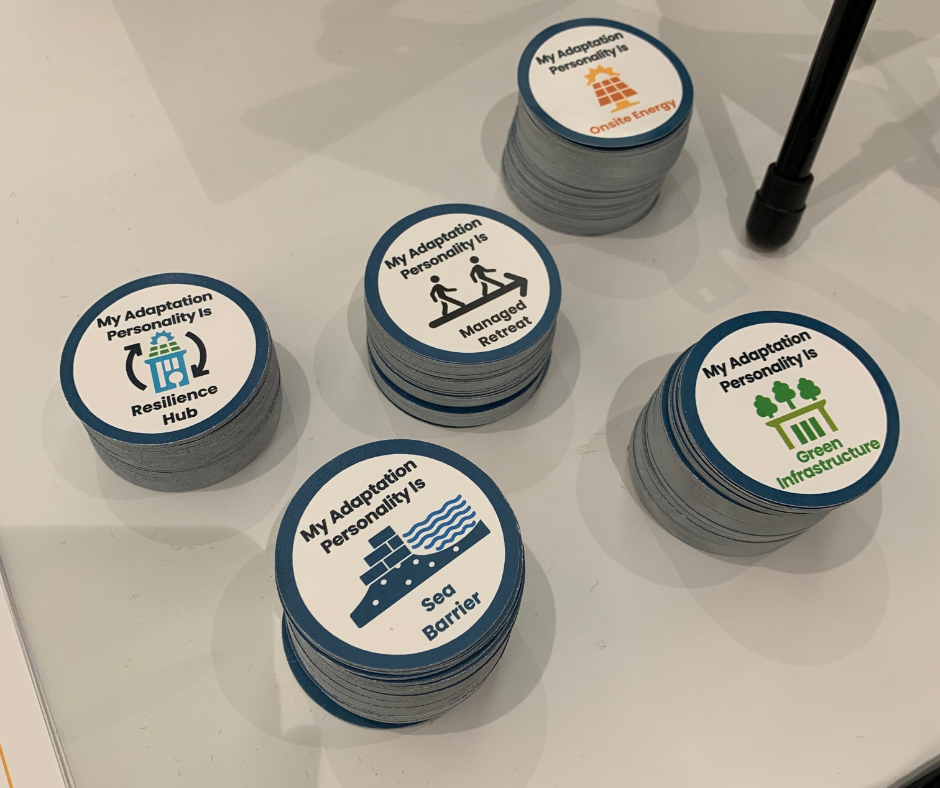Guest post by Carley Petrone, KLA's Climate Analysis Manager
In today’s world, climate change is reshaping the realities that we once held true. With events like Hurricane Helene that devastated Western North Carolina, the deadliest U.S. hurricane since Katrina, the notion of a “climate haven” is proving to be increasingly uncertain.
In one week, Helene dumped 40 trillion gallons of water across the Southeast —or enough rainwater to fill 60 million Olympic-size swimming pools. Unfortunately, this event is not expected to be a one-time occurrence. With climate change, scientists expect storms to become more frequent and intense as rising ocean temperatures fuel stronger winds and warmer air holds more moisture, leading to heavier rainfall and increased flooding.
The economic toll of natural disasters tells the same story. In 2022 alone, the cost of natural disasters exceeded $360 billion across the globe, including more than 40 weather events causing over $1 billion in damage. These numbers reiterate the urgent need for every community, regardless of geography, to invest in resilience and adaptation measures. Side note: Generally speaking, resilience indicates the ability to prepare for, recover from, and adapt to climate impacts and adaptation is described as “adjustments to how we live, work, and play to keep us safe from the impacts of climate change.” They are sometimes used interchangeably though there are distinct differences. For purposes of this article, we’re talking broader climate resilience.
The good news: every $1 invested in resilience and disaster preparedness saves $13 in economic impact, damage, and cleanup costs after the event, according to the Climate Resiliency Report from the U.S. Chamber of Commerce, Allstate, and the U.S. Chamber of Commerce Foundation. Bottom line is it’s a smart investment whether you’re staring down more hurricanes, flooding, or extreme heat.

